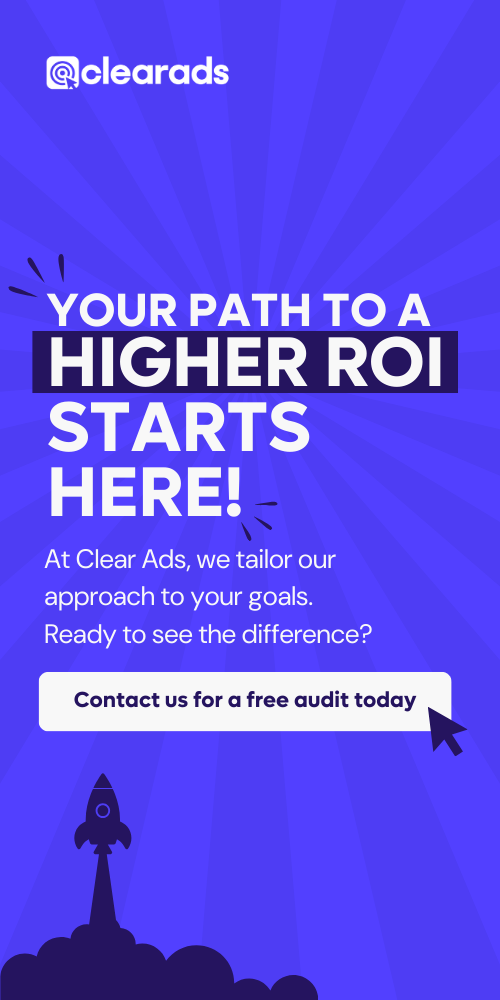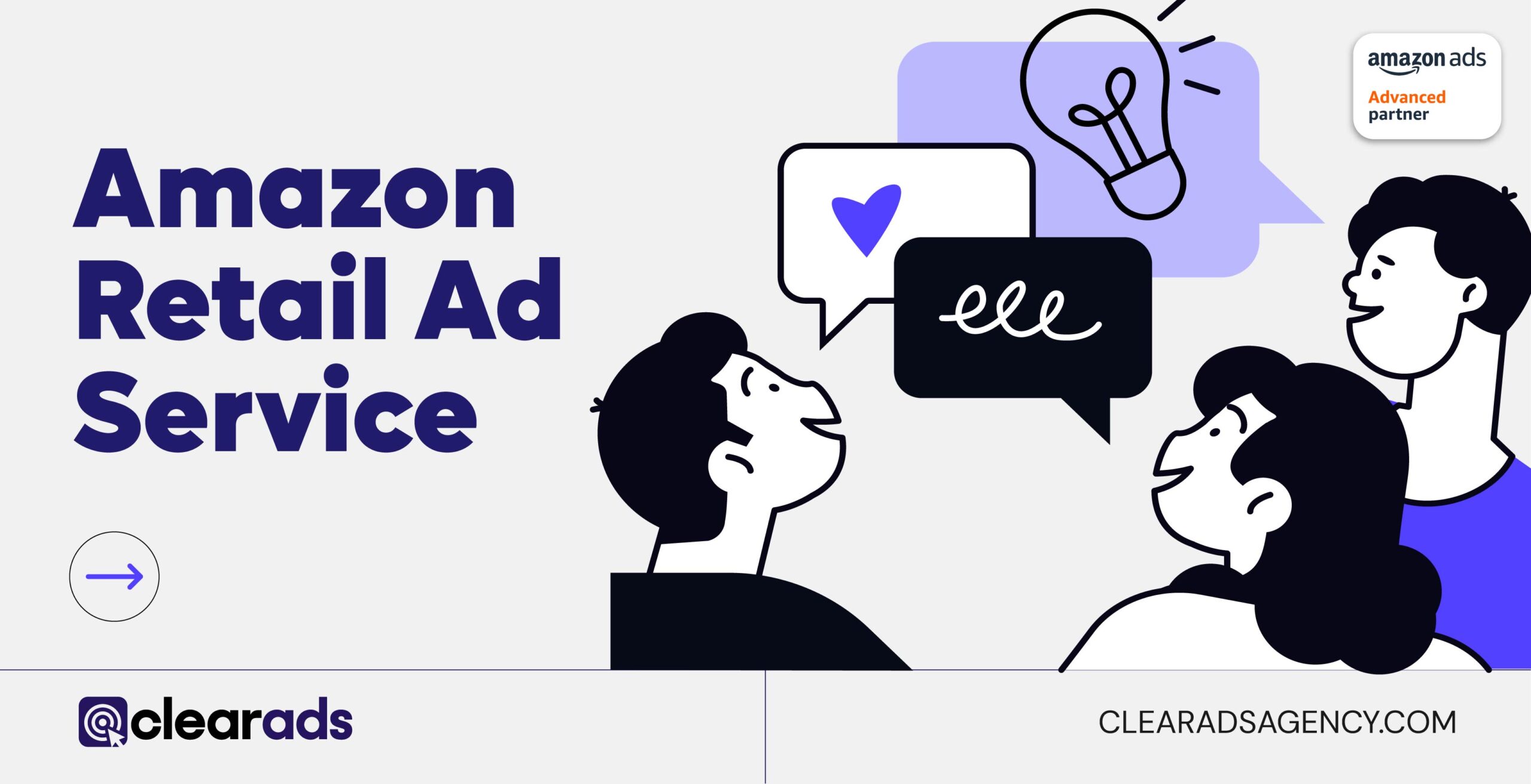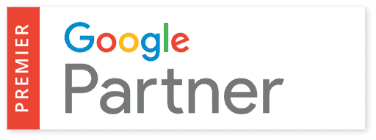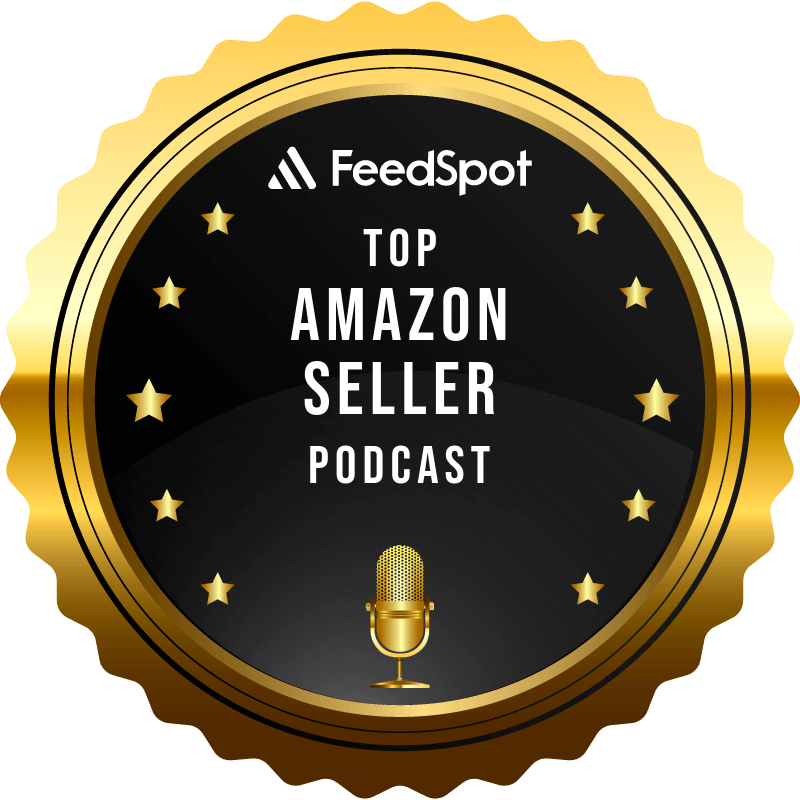Although Amazon is increasingly transitioning into a branding platform, the fact is that most brands and most sellers continue to use the Amazon marketplace for sales. When it comes to advertising, Amazon’s integrated ad campaign, Sponsored Products, is how many sellers opt to promote their items.
What are Sponsored Products?
Sponsored Products are a pay-per-click (PPC) or cost-per-click (CPC) ad type that help sellers promote specific products by displaying adverts to users searching for targeted keywords. Depending on campaign settings, ads will appear on competitor product pages or within the search results themselves.
Wherever the ad appears, the shopper will be directed to the product page when they click the ad. The seller will then pay for the promotion.
It should come as no surprise to learn that Sponsored Products are Amazon’s most popular ad type. Of all sellers using Amazon Sponsored Ads, a whopping 87% use Sponsored Products. In comparison, just 68% use Sponsored Brands, a similar form of on-Amazon marketing that promotes the entire brand, rather than focusing on a single product.
The main advantage of Sponsored Products is that there’s a very low barrier to entry, both financially and creatively. As sellers only pay when a shopper clicks the ad, Sponsored Products can generate an impressive return on investment. The minimum daily budget is a modest $1.00. Creatively, Amazon automatically builds each ad, so there’s no need for marketing or design skills. And the automatic targeting option requires even less input.
Are you worried that your Sponsored Products ads will look like sponsored products? Don’t be. According to research, around half of all Amazon shoppers can’t tell when they’re viewing sponsored results. This seamless inclusion is understood to be partly responsible for the excellent outcomes that sellers can expect with this ad type. Amazon states that, on average, products receive 54% more views and 40% more sales within the first 12 months.
Tips to Make Sponsored Products Work For You
Amazon’s figures show that Sponsored Products can generate real results. The most successful campaigns are well optimized and use best practice strategies to maximize the performance of their adverts, attract more customers, and build a customer base
Here are our ‘Top 10’ tips for enhancing the performance of your Sponsored Products ads:
1. Determine Your Goal
When people hear Sponsored Products they automatically go straight to unit sales. However, the truth is that Sponsored Products campaigns can help you meet several different goals.
As the type of goal you set can significantly impact campaign configuration and optimization, determining your goal should always be the first step. Sellers typically use Sponsored Products ads to improve sales, increase profits, boost product visibility and increase brand awareness.
Be clear on what you want to achieve, and then use this objective to shape your strategy.
2. Think Outside the Keyword Box

As Sponsored Products are a keyword-based campaign, it’s important to bid on relevant keywords. However, try not to limit your efforts only to keywords that are directly related to your product. The ‘Crisps and Snacks’ category includes dried fruits, nuts and seeds, crisps, and granola and snack bars for example. Another category, ‘Dried Fruits, Nuts, and Vegetables’, includes nuts and seeds, dried fruits, and dried vegetables. There’s a lot of overlap. Amazon knows that users searching for one may be interested in the other, so use this to your advantage.
3. Don’t Forget About Negative Keywords
Above, we looked at expanding the opportunity for visibility and ad placement by using keywords that your audience may be using, even if they’re not directly searching for your product. But it works the other way around, too. If users are searching for something relatively similar yet not close enough to your product, you’re throwing money down the drain with those clicks. Negative keywords help prevent these wasted efforts. Brand names are one of the most popular forms of negative keywords. If someone’s searching for a particular brand, they want a branded product.
4. Use BOTH Manual & Automatic Targeting
If you’ve done a bit of research into Sponsored Products previously, you’ve probably noticed that most resources suggest using one type of targeting over the other. But we think there’s power in using both. A good ‘cheat’ is to set up an automatic campaign – where Amazon bids on the keywords it expects to generate the best results – and use these search terms to build a manual campaign shaped by Amazon’s data-driven insight. If you have the time to invest in this area, manual campaigns are the better option as they give you more control over your bids.
5. Don’t Believe The Word ‘Automatic’

Automatic campaigns take away a lot of the effort, but we see time and time again that sellers take the word ‘automatic’ at face value. Yes, automatic campaigns can run without your input, but there are still a few areas where you can manually control how your campaign works. The big area is keyword match type. There are four different match types to choose from:
● Close match: displays in listings for very similar but not exact keyword searches
● Loose match: displays in listings for broadly similar keyword searches
● Substitutes: displays on product pages as a similar item
● Complements: displays on product pages as an associated item
Maximize ad performance by selecting the right match type for your goal. Want to boost visibility? Loose match may not generate as many conversions as close match, but it can help to improve awareness of your product.
6. Set Your Budget
PPC ads can be hugely effective, but costs can spiral out of control with the wrong bid strategy. Set a budget and stick to it to avoid this pitfall. Your ultimate campaign goal should be used to shape your bidding approach. If you want to make more money, use fixed bidding to retain complete control over your advertising investments. If you want to make more sales, use dynamic bidding to scale bids up or down, depending on how competitive a keyword is. If you’re feeling uncertain, Amazon does suggest bids based on recent CPC data.
7. Start High
If you’re using Sponsored Products to advertise a new item, it’s natural that you might want to bid low at first as you tweak your campaign and learn what works and what doesn’t. However, while it’s a little controversial, starting with a higher bid (if it’s within your budget) can help. Amazon’s algorithm prioritizes products that have a solid sales history. It naturally wants to display ads for products that it’s confident shoppers will want to buy. So if your product doesn’t have many sales, a higher bid can help ensure your ad is displayed more frequently and doesn’t lose out to more established products.
8. Optimize Your Listing
Sponsored Products drive traffic to your listings. They can generate high-quality leads, but that’s where they stop. PPC ads get shoppers to your product page, but it’s up to you to keep them there. It’s pointless putting in the effort to develop a strong Sponsored Products strategy if you’re going to fall at the last hurdle: conversions. Optimize your product page so that it engages with your audience, answers their questions, and nurtures trust. Work to build up your review profile and star rating and consider creating A+ content with visual elements and video.
9. Price Competitively
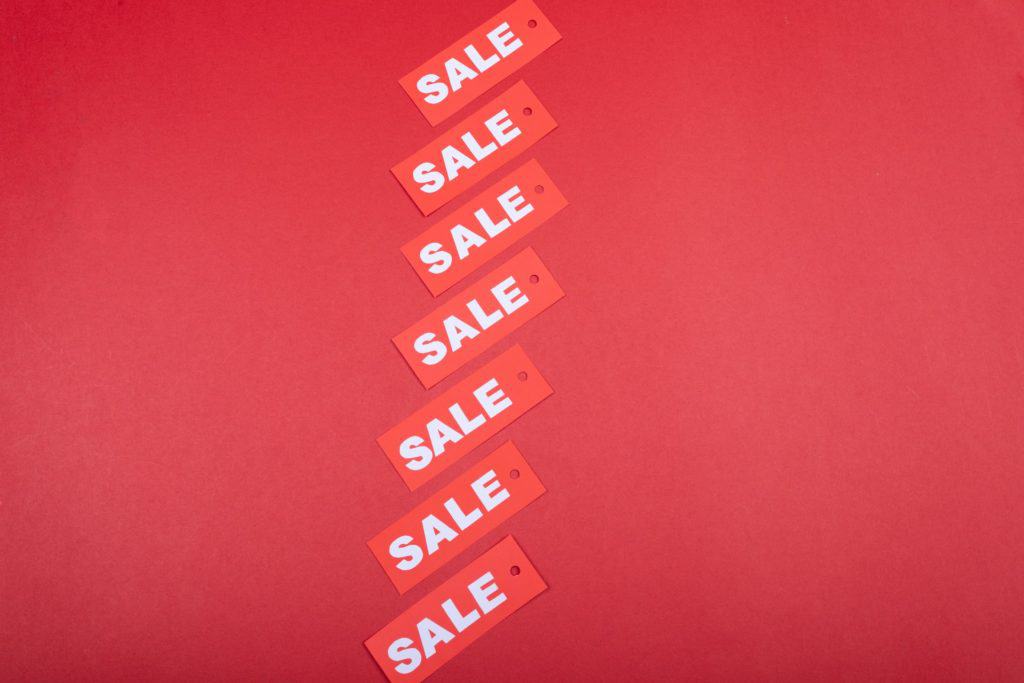
It’s not just on-page optimization that’s important; pricing is too. Perhaps the one downside to Sponsored Products is that your ads show up right there in the results pages alongside potentially thousands of similar products. So if your item doesn’t meet the budget criteria of a user, they don’t have to look far to find one that does. Once again, pricing can cause you to fall at the final hurdle: conversion. It’s essential to find the happy middle ground between being an attractive option and being profitable. Competitor research can help you to set prices that walk the fine line between the two considerations.
10. Track Your Campaign
Ultimately, the best way to ensure your Sponsored Products ads work for you is to track and monitor their performance continually. Fortunately, Amazon has a straightforward way to do this: Amazon Reports. There are currently seven report options for Sponsored Products ads:
● Search term report
● Targeting report
● Advertised product report
● Campaign report
● Campaign placement report
● Purchased product report
● Performance over time report
One of the most valuable reports here is the campaign placement report. It shows how well your ads are performing both in the search results and on product pages. This data can make it easier to select the right keyword match in automatic campaigns.
There’s No Need to Rush
The most important thing to remember about Sponsored Products is that it will take time to understand what’s working and what’s not. So don’t rush things. Instead, build your campaign, run it, and give it time to generate patterns and trends before you start trying out all the different configurations. That’s the best way to gain insight into your campaign and optimize it in the best way to help you achieve your goals.
